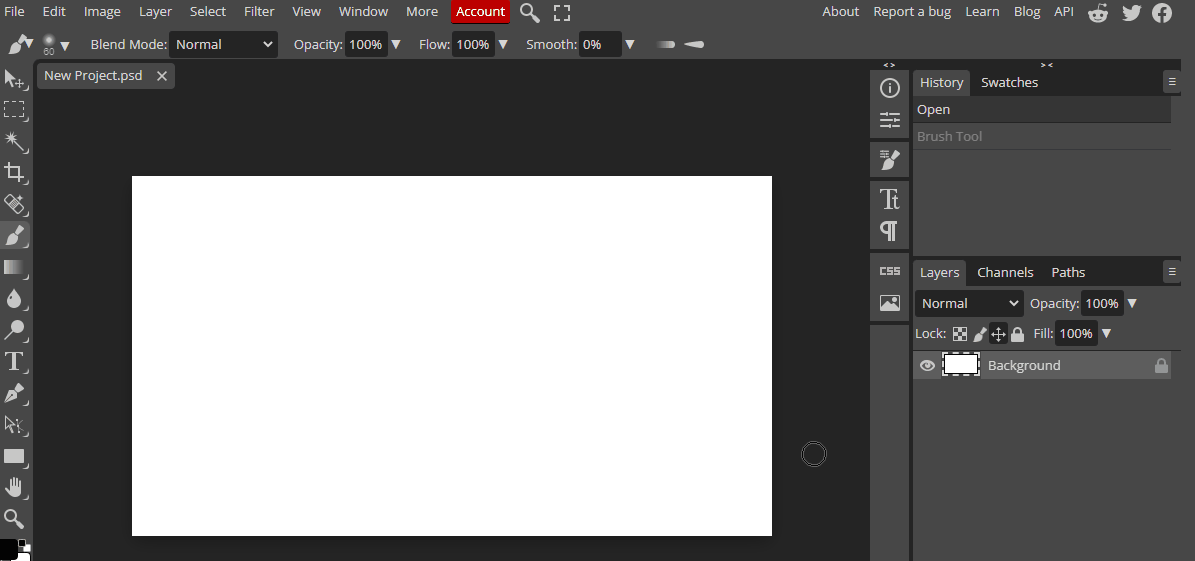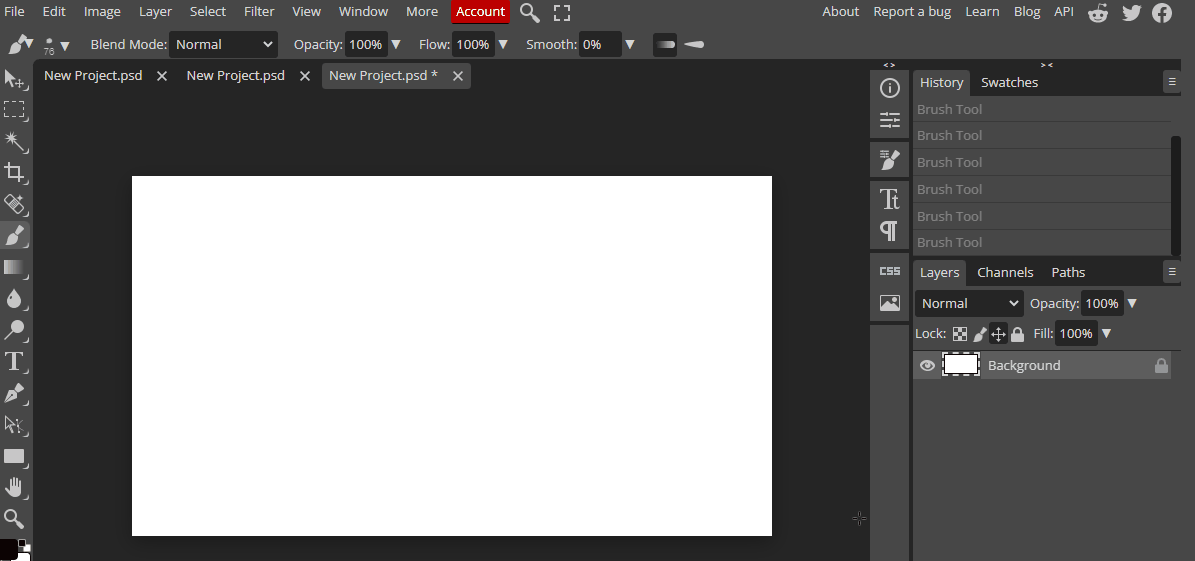In digital art, brushes are essential tools that allow artists to create a variety of effects and textures. There are many types of brushes available, each with its own unique characteristics and capabilities.
Trying out different brush strokes and techniques is a fun way to improve your digital art skills.
There are many basic brush strokes you can use to make different effects. These include short and long strokes, circular motions, and crosshatching. By changing the size, opacity, and flow of your brush, you can create a variety of effects from thin and delicate lines to thick and bold strokes.
To make more interesting effects, play around with the settings of your brush. You can change the brush hardness, spacing, and flow to create unique textures and effects. For example, a high spacing setting can make a dotted line, while a low spacing setting can make a continuous line.
Adjusting the settings of your brush can create even more complex effects in digital art.
Now that you've learned about different brush types, strokes, and techniques, it's time to create your own digital art piece using Photopea. Here's a challenge for you:
Create a digital painting of a landscape, like a forest, beach, or city skyline. Use different brushes and effects to make your artwork unique and interesting. For example, you can use textured brushes for tree bark, gradient brushes for the sky, and special effect brushes for sparkling stars or glowing lights.
Remember to experiment with brush settings like size, opacity, flow, spacing, and hardness to create different effects. Combine different brushes and effects to add depth and interest to your artwork. Have fun and let your creativity shine!



